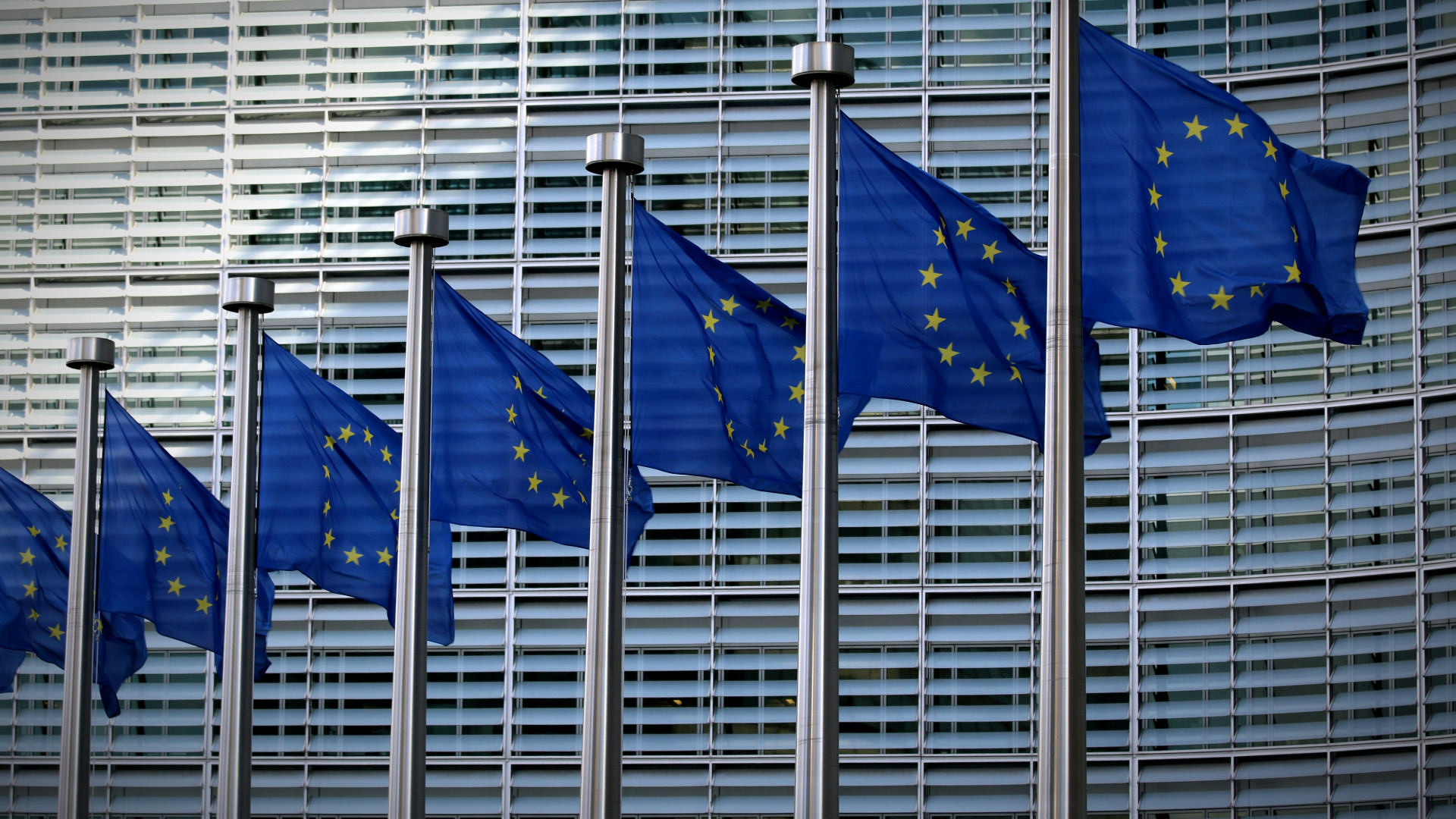If data is the new oil, then bad data is the new oil spill.
Two years ago, everyone was laughing that AI couldn’t draw a hand without sprouting six fingers. Today, that same technology is designing antibiotics we’ve been chasing for 60 years and diagnosing illness four times better than the top clinicians. Not bad for something that used to struggle to count to five.

Meanwhile, in telecom, we keep congratulating ourselves for moving petabytes across shiny 5G and IoT networks as if quantity alone is an achievement. Newsflash: most of this data is junk. Worse, it’s a liability with a carbon footprint large enough to qualify for its own passport.
It’s the great digital irony. More data doesn’t mean better decisions. Just bigger server farms and a bigger mess to clean up. Like oil, data needs refining before it fuels anything useful. Otherwise, it’s sludge clogging up systems and making AI hallucinate with confidence. Or, as I like to call it: Tuesday.
Europe, often painted as the hall monitor of tech, is quietly proving that standards aren’t the enemy of progress. They’re what make progress possible. Think of it as adult supervision with better coffee.
Bad data – the mess no one wants to own
Look at IoT: low-power networks like LoRaWAN and NB-IoT have wired up billions of sensors. That should be a triumph. Instead, it’s producing a tidal wave of unverified readings nobody uses. Estimates suggest 30 percent of all IoT data in retail logistics never even gets looked at.
It’s stored, backed up, and processed, burning energy every step of the way – just to end up as digital-landfill. The only thing worse is your uncle’s garage full of old cables and a Commodore 64 he swears is still “worth something.” Or all the LAN cables that you probably still have in a Tesco bag, waiting for that “moment” when your hoarding is justified.
We wring our hands about plastic straws. But here’s a thought: your duplicate sensor logs might be doing more damage than your takeaway lid.
Beyond the hype – what real progress looks like
AI has gone from creating mutant hands to out-performing doctors in medical diagnosis. That’s not hype. But it didn’t happen because someone bought more GPUs. It happened because the data was cleaned, labelled, and trusted. It turns out even the smartest algorithms can’t polish a turd. Though they will try, bless them.
Europe gets this. The EU AI Act demands that high-risk systems are transparent, explainable, and built on verified data. No black boxes. No ‘trust us, it works’. Yes, it slows things down. But it also stops the kind of face-palm moments where AI calls a cat a tumour, or recommends you buy 500 cans of soup because the algorithm “felt lucky.”
Why EU standards are a superpower in disguise
People love to mock Brussels for being too fond of regulations. But look at what those rules have achieved. GDPR forced companies to rethink data handling. The Radio Equipment Directive is making IoT vendors finally secure their devices. The upcoming Cyber Resilience Act will make sure products don’t turn into digital compost after year one.
Think of it as adult supervision for an industry that still wants to cut corners and call it innovation. Like a teenager insisting their room isn’t messy, just “creatively organized.” Even AWS is playing along, building a European ‘sovereign cloud’ just to keep business.
When the biggest tech companies bend to your rules, it’s probably because you were right all along.
The real opportunity
The telecom industry has always measured progress by speed and coverage. Those things matter. But the next phase is about credibility. It’s not just about connecting everything. It’s about proving the data you collect is worth trusting and worth the energy it takes to ship it around the world.
Europe’s bet is simple. Boring standards will outlast flashy demos. And in a world where AI can outperform a doctor, that discipline looks less like red tape and more like leadership. Because if there’s one thing worse than bad data, it’s an AI that tells you your toaster needs a software update to make toast.

